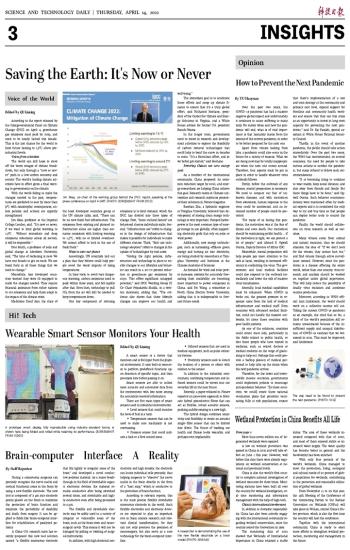
 |
| A prototype smart display, fully reproducible using industry-standard looms, is shown here being folded and rolled while retaining its performance. (SCREENSHOT FROM VIDEO) |
A smart sensor is a device that monitors and is fed input from the physical environment. It uses built-in resources to perform predefined functions upon detection of specific input, and then processes data before passing it on.
Smart sensors are able to collect more accurate and automated data from the environment with less noise among the accurately recorded information.
There are five main types of smart sensors used in industrial environments:
? Level sensors that could monitor the level of fuel in a tank.
? Temperature sensors that can be used to make sure machinery is not overheating.
? Pressure sensor that could indicate a leak or a flow control issue.
? Infrared sensors that are used in medical equipment, such as pulse oximetry devices.
? Proximity sensors used to detect the location of a person or object with relation to the sensor.
In addition to the industrial environment, combining temperature and infrared sensors could be woven into our everyday life in the near future.
Recently, a paper released in Nature reported an innovative approach to fabricate hybrid piezoelectric fibres that can act as flexible, robust acoustic sensors, pushing audible sensing to a new high.
The hybrid design combines sensitivity and flexibility to create an acoustic single-fibre sensor that can be knitted into fabric. The future of tracking our health and fitness looks wearable, and perhaps even implantable.


 Next
Next




